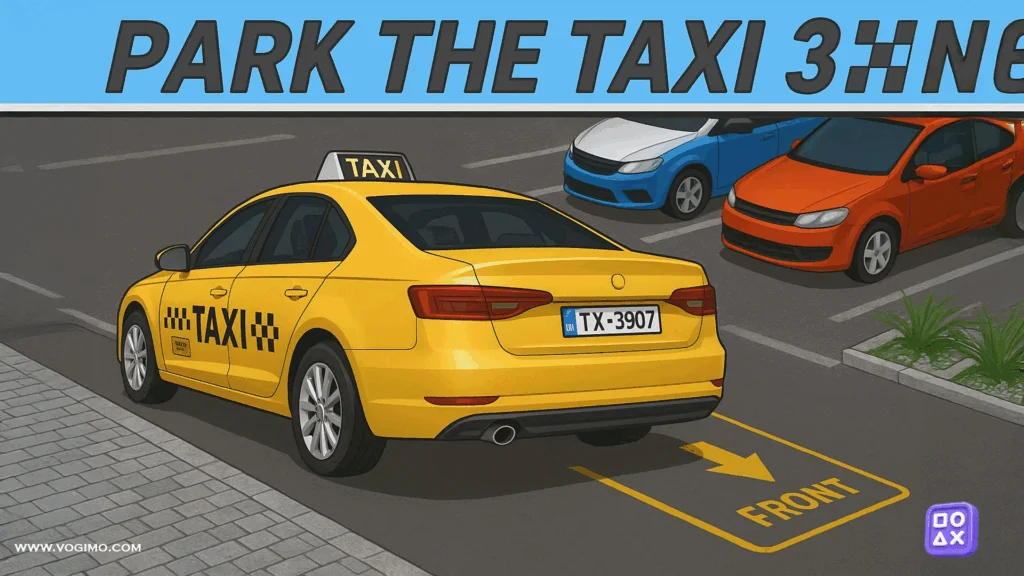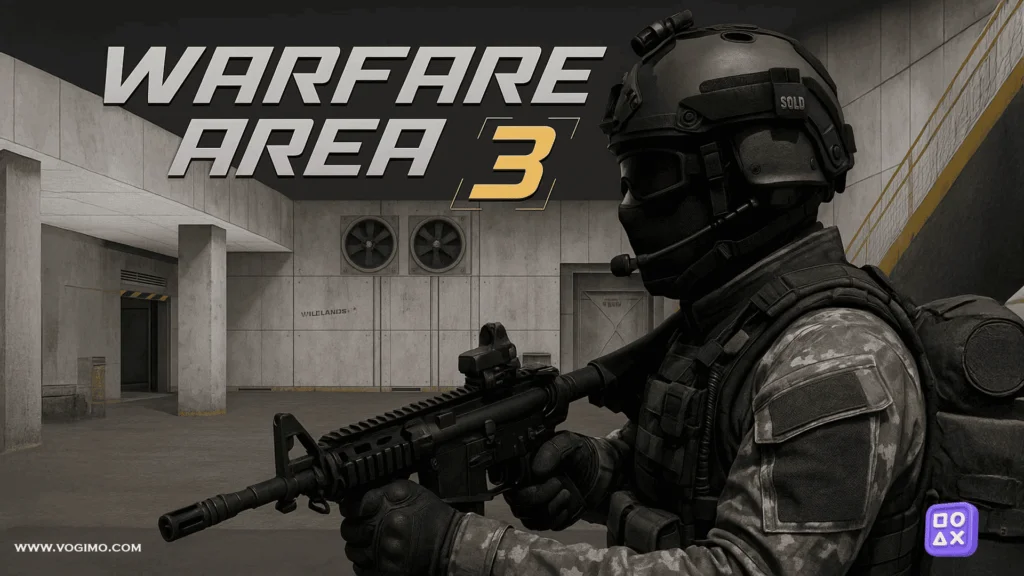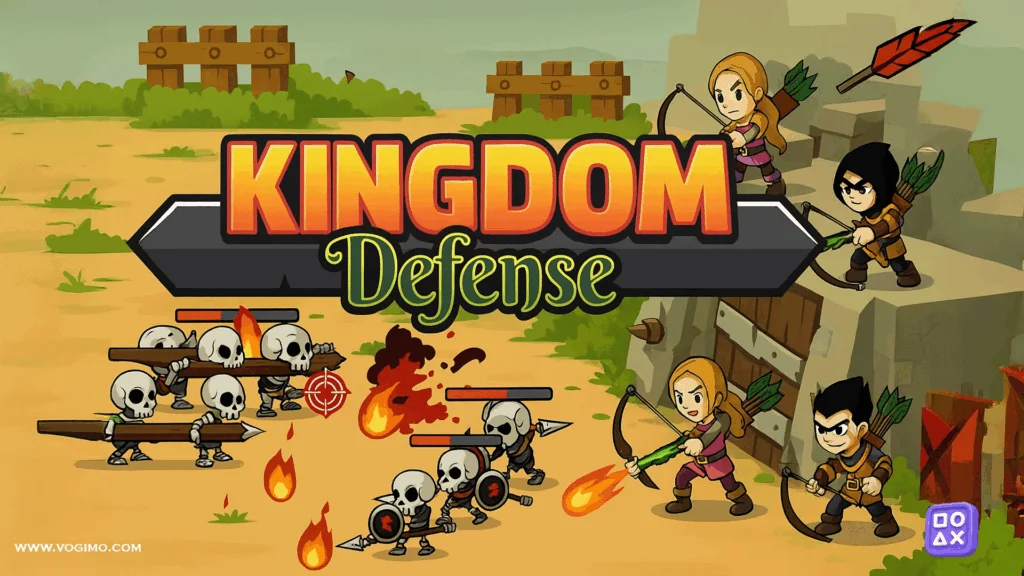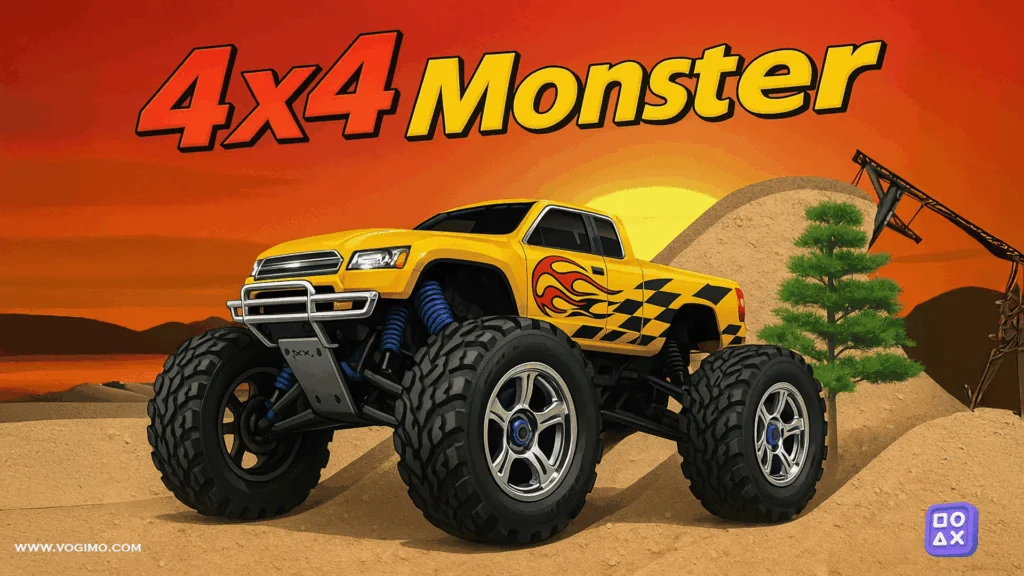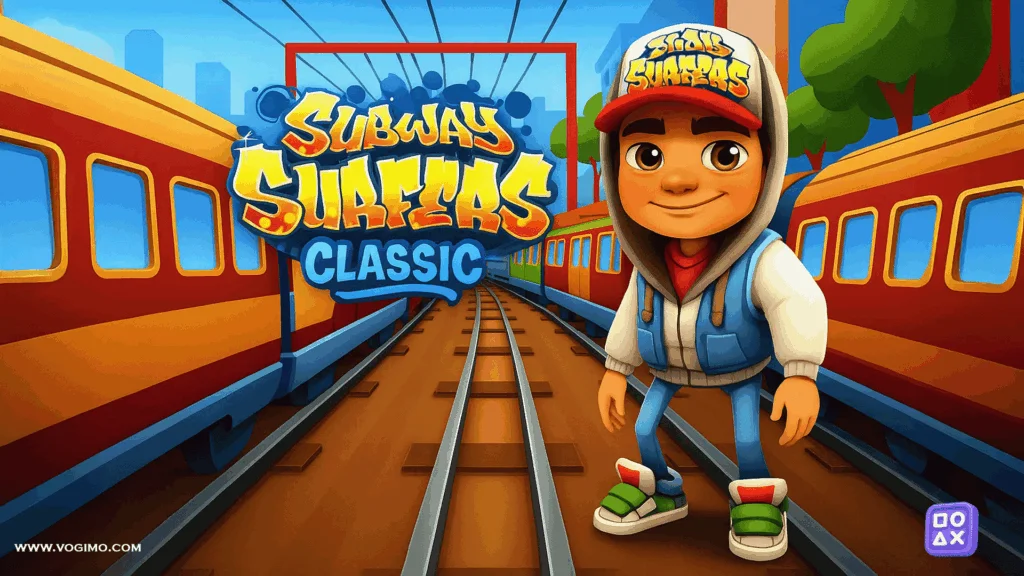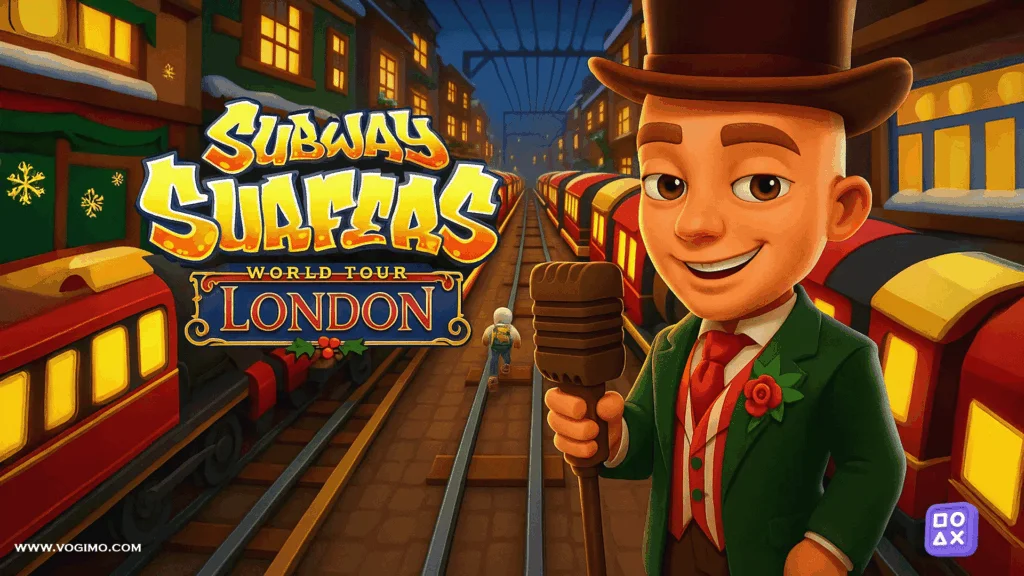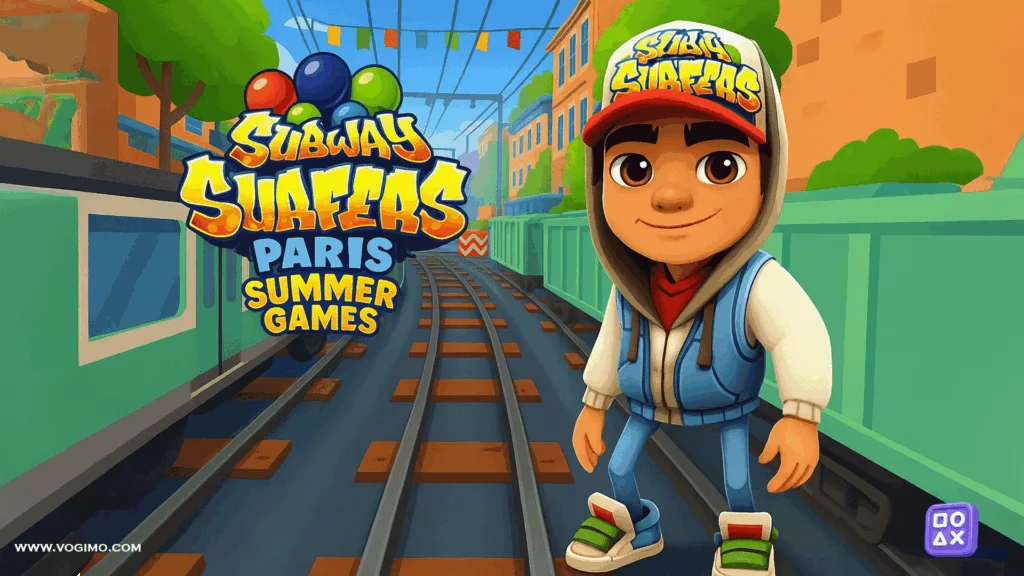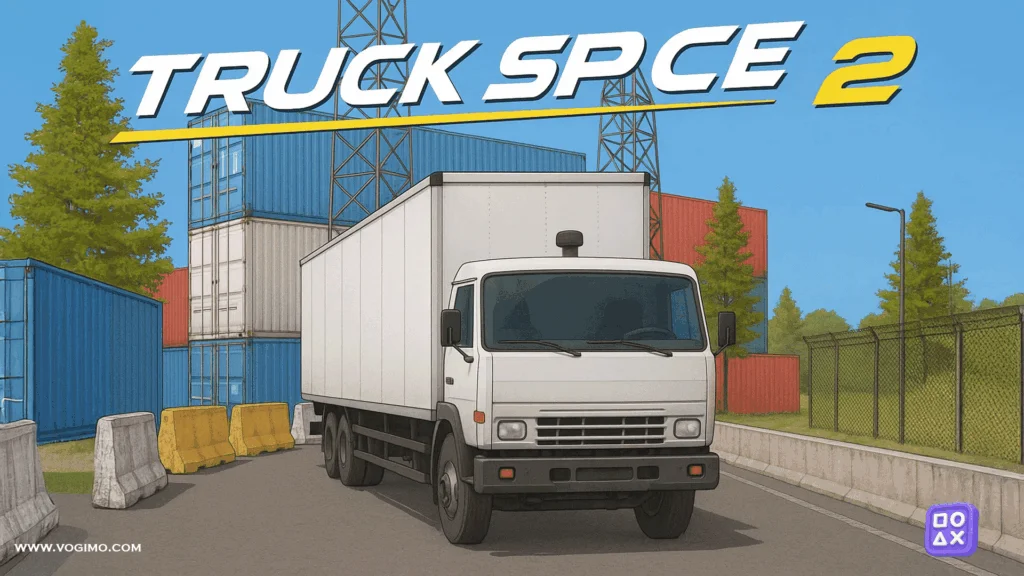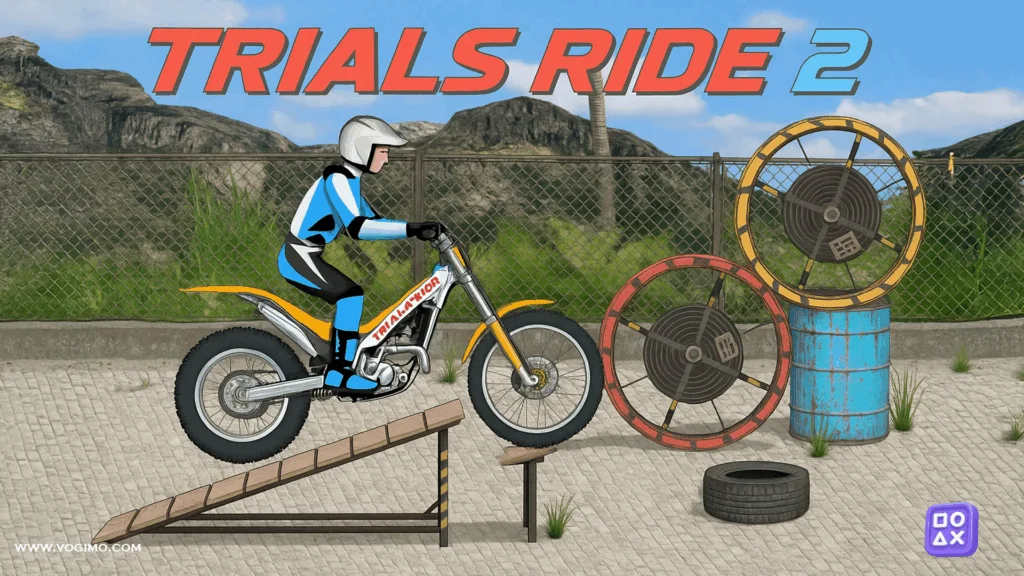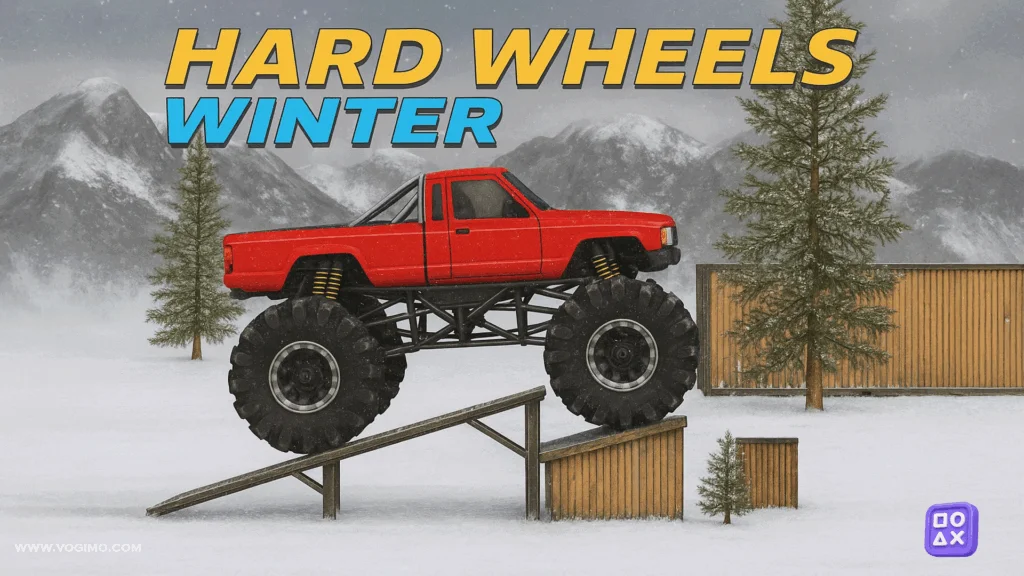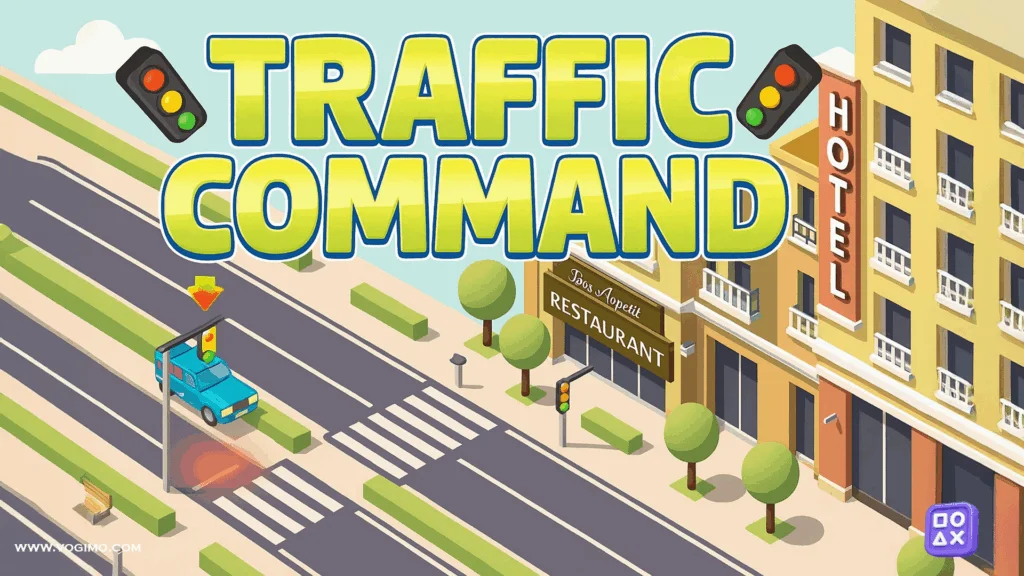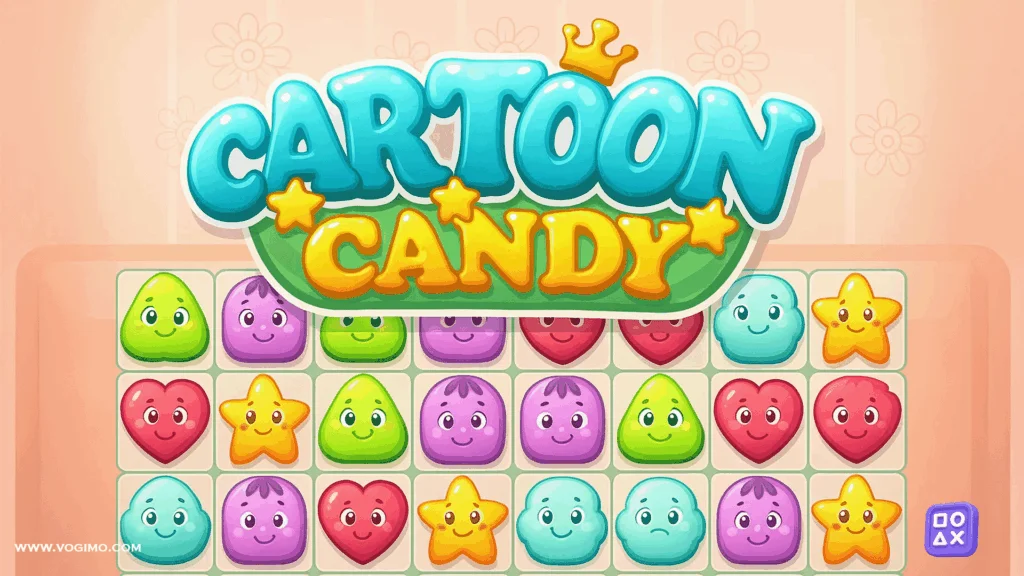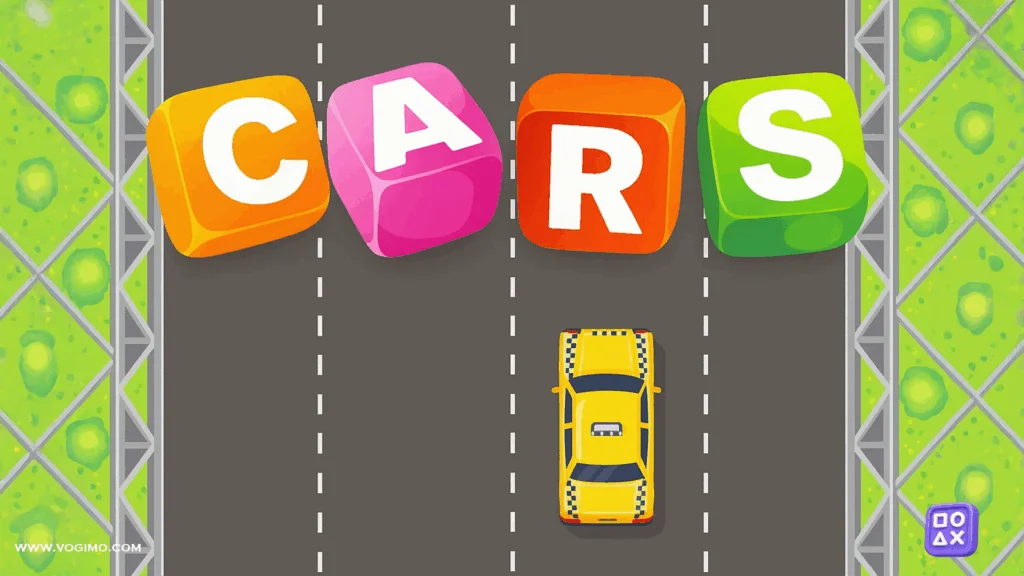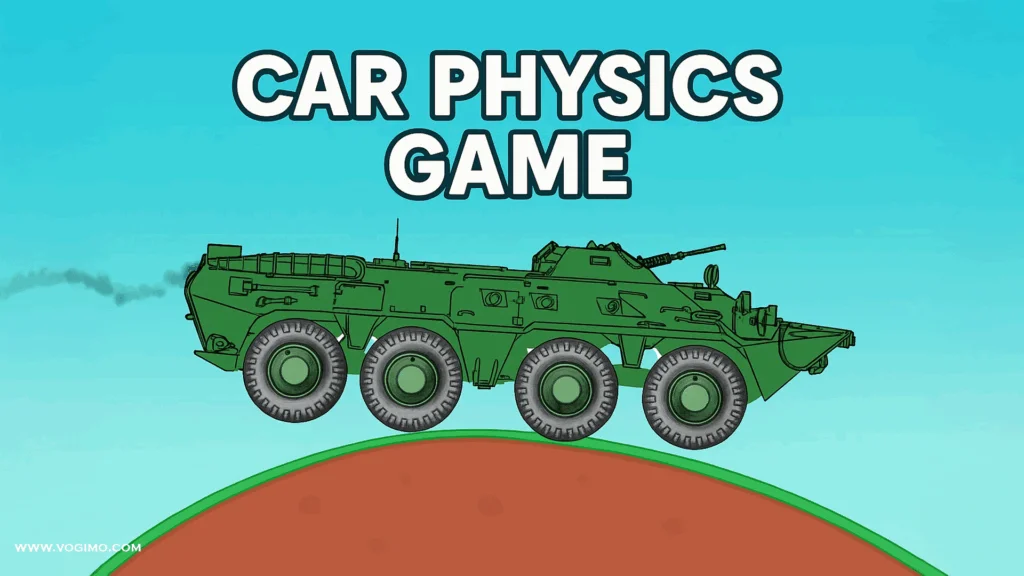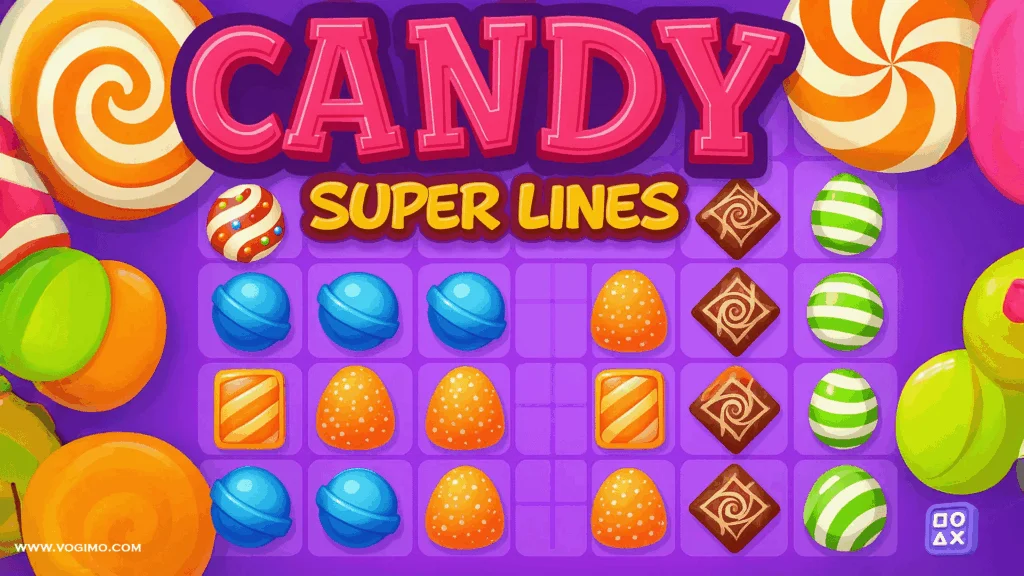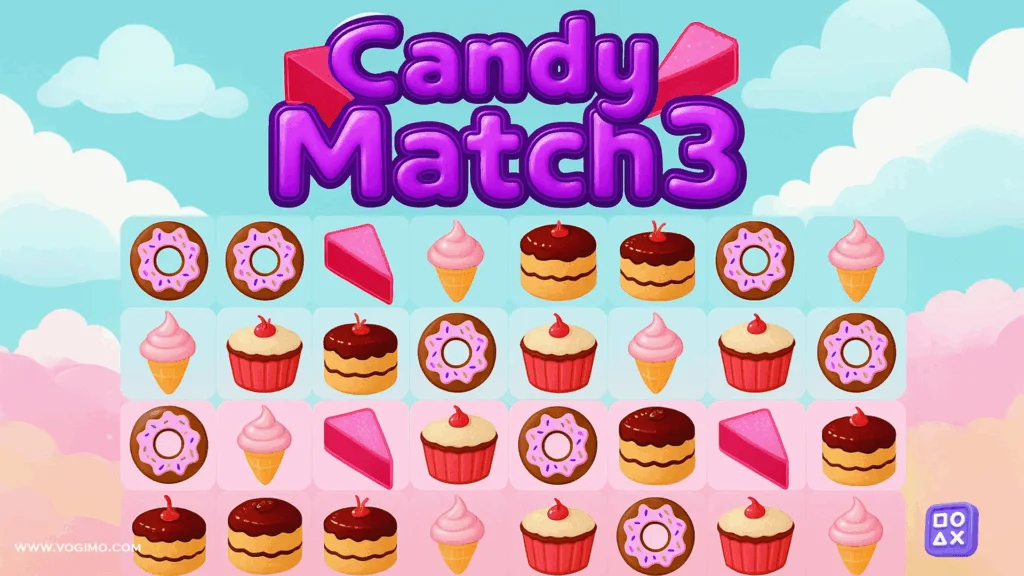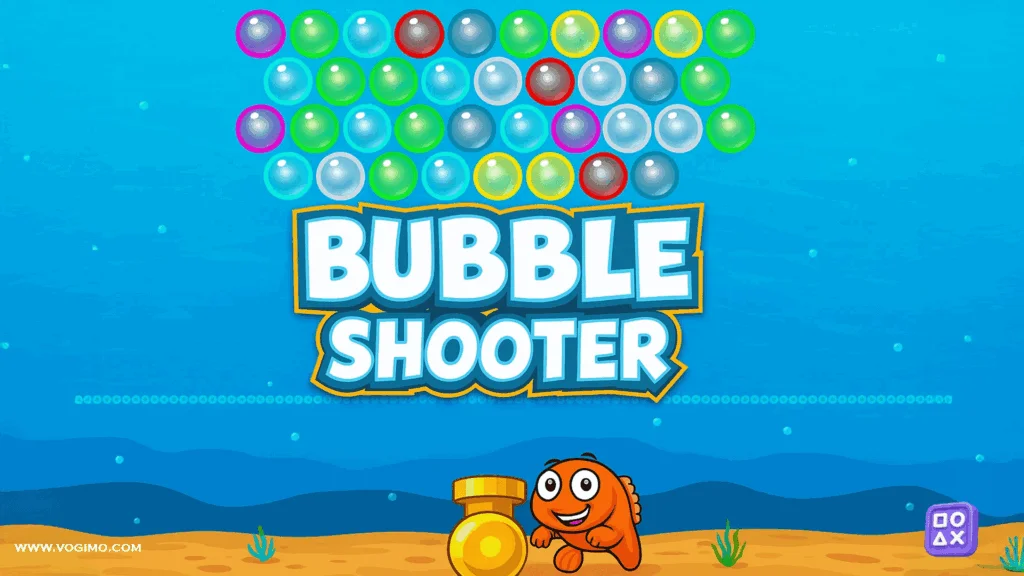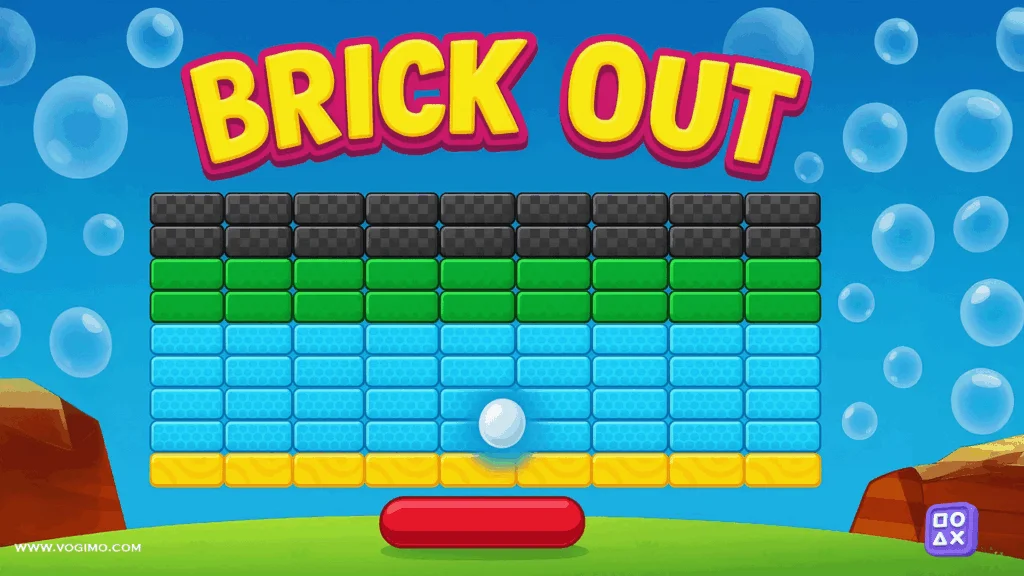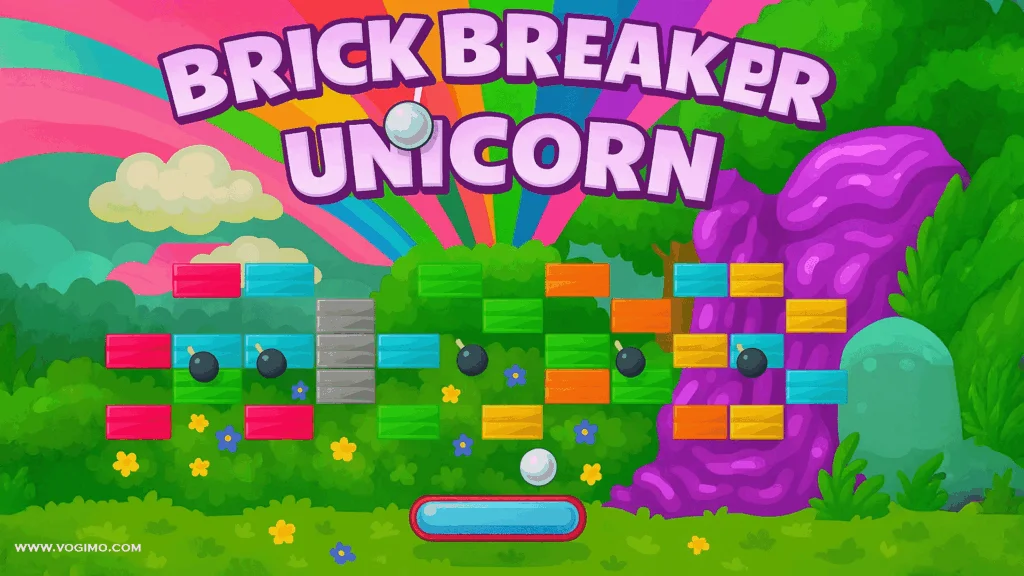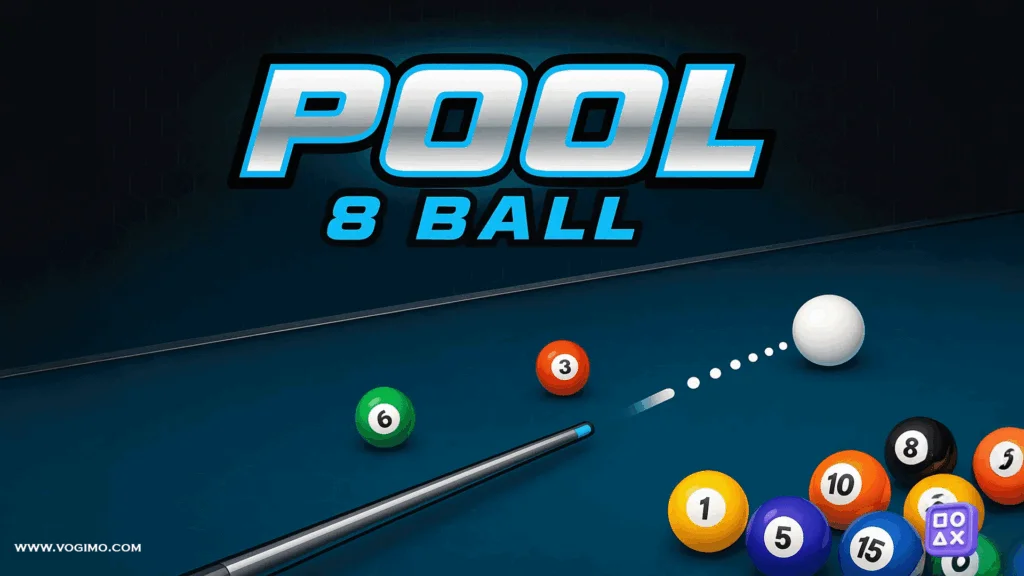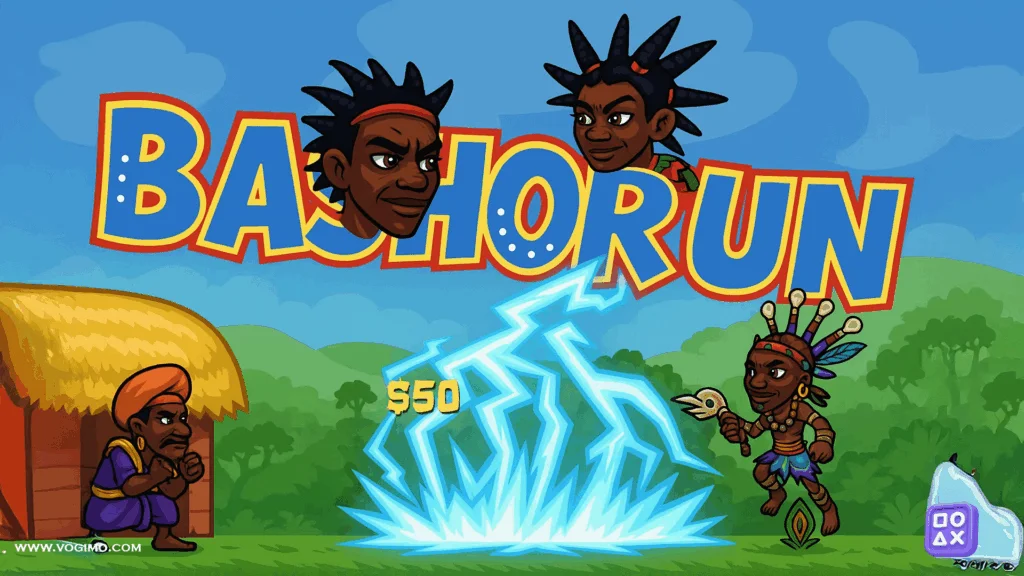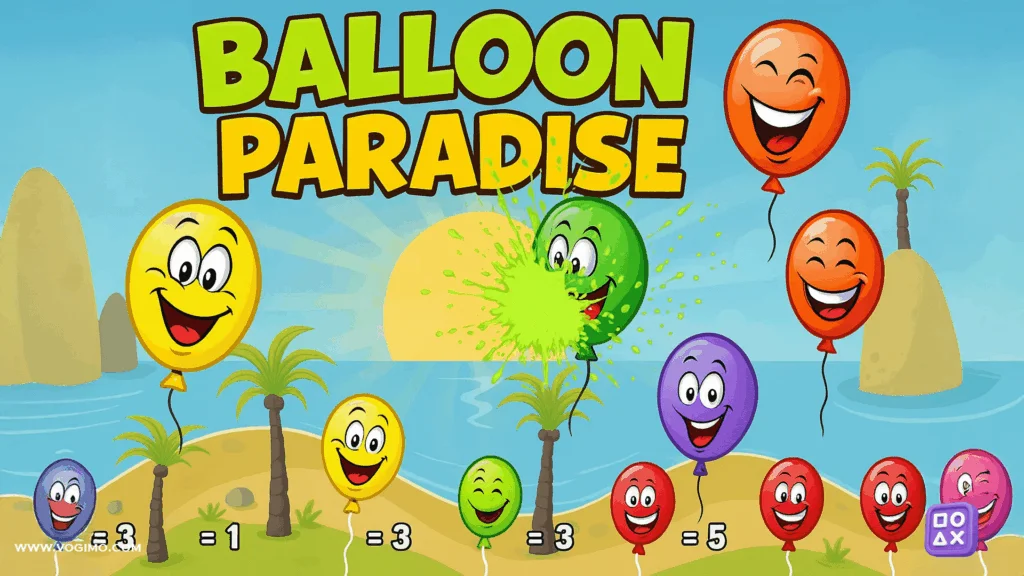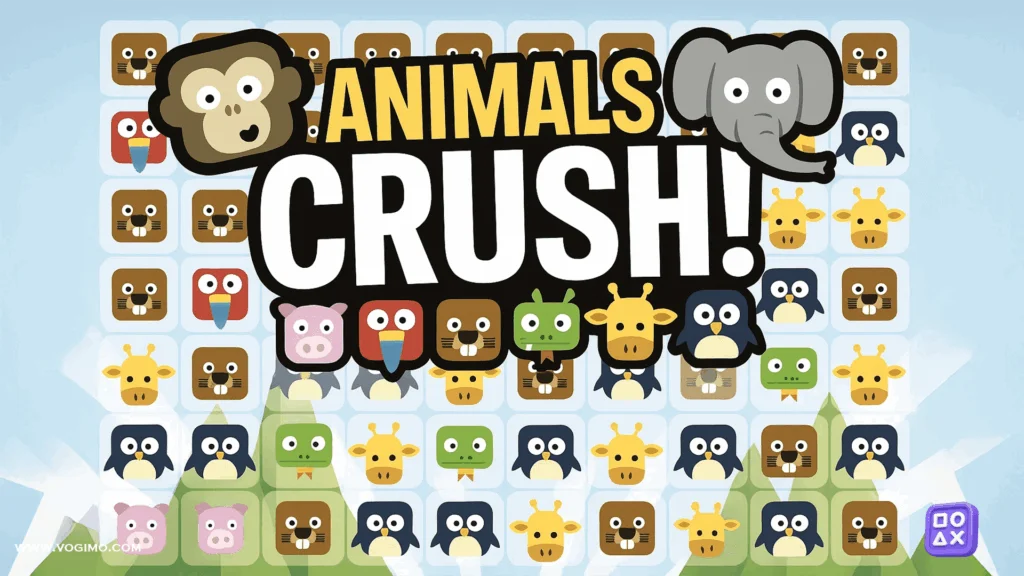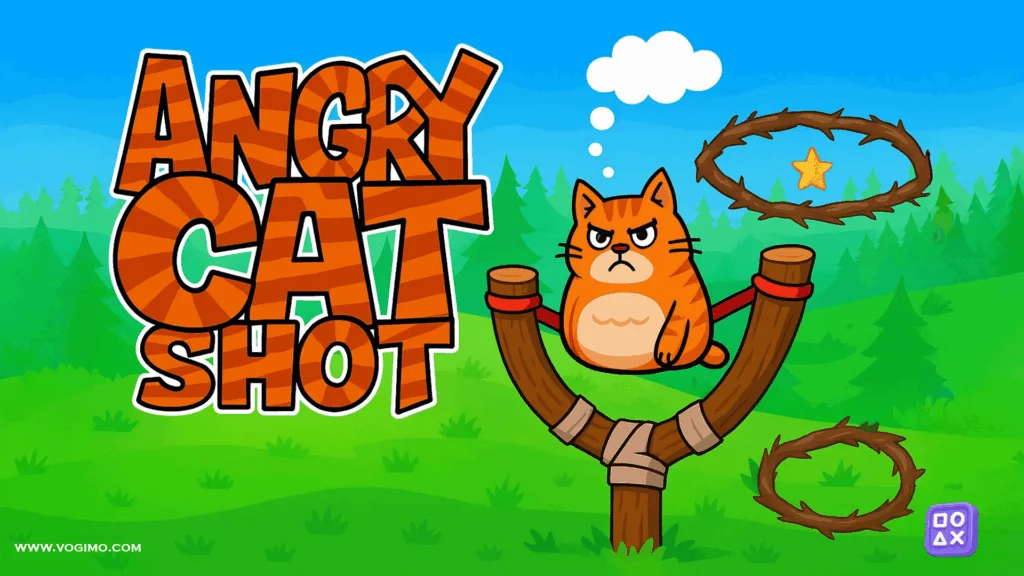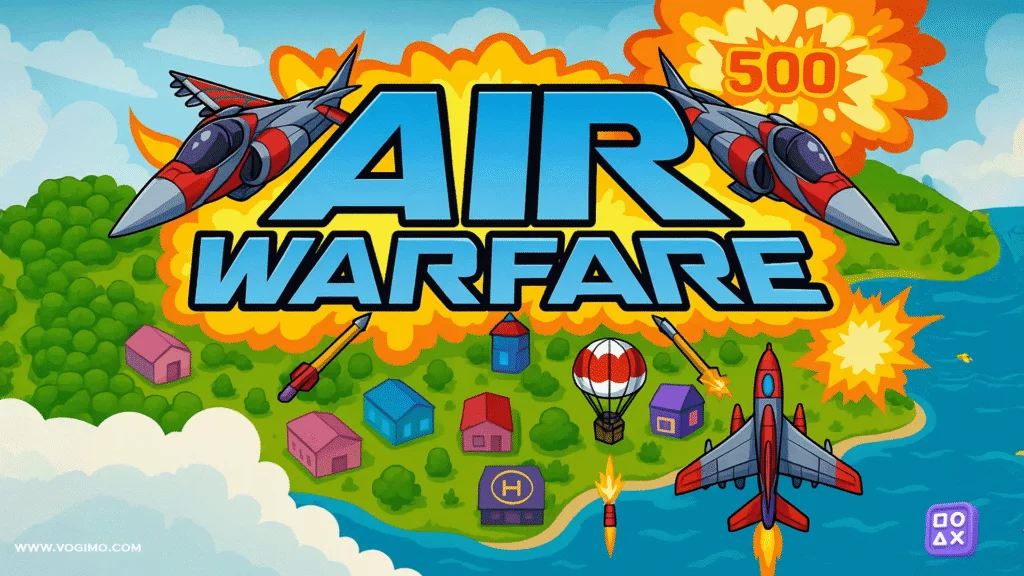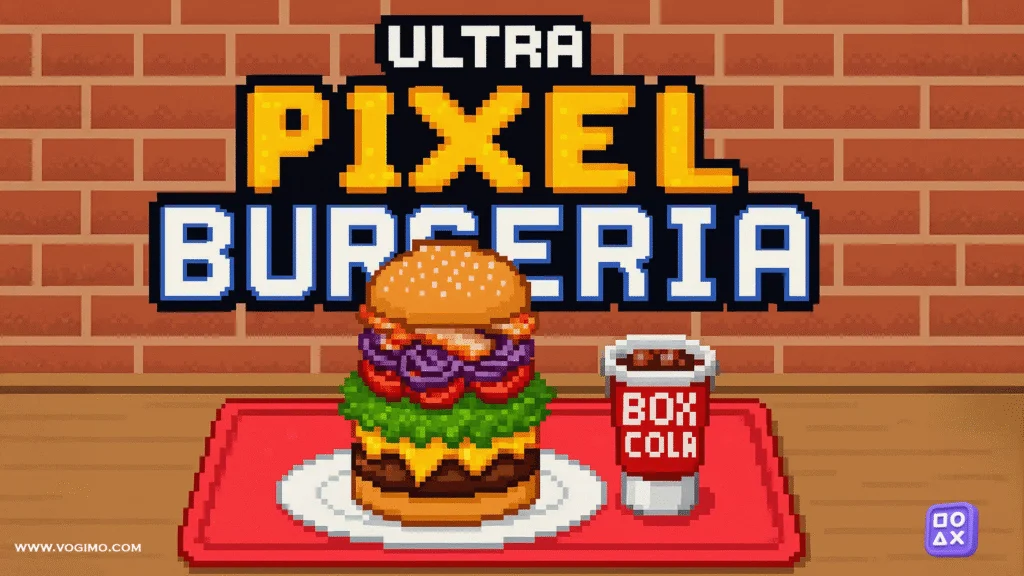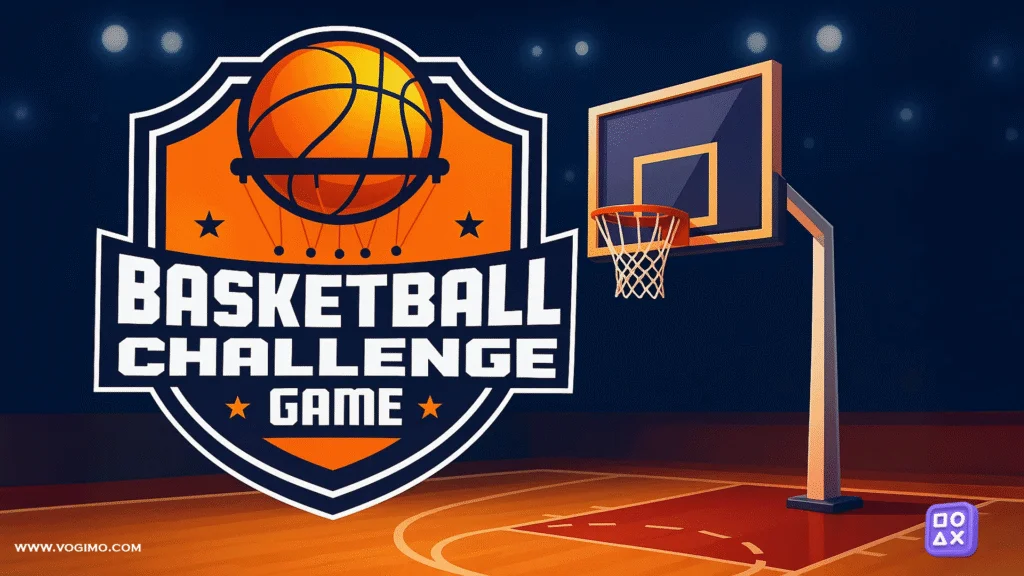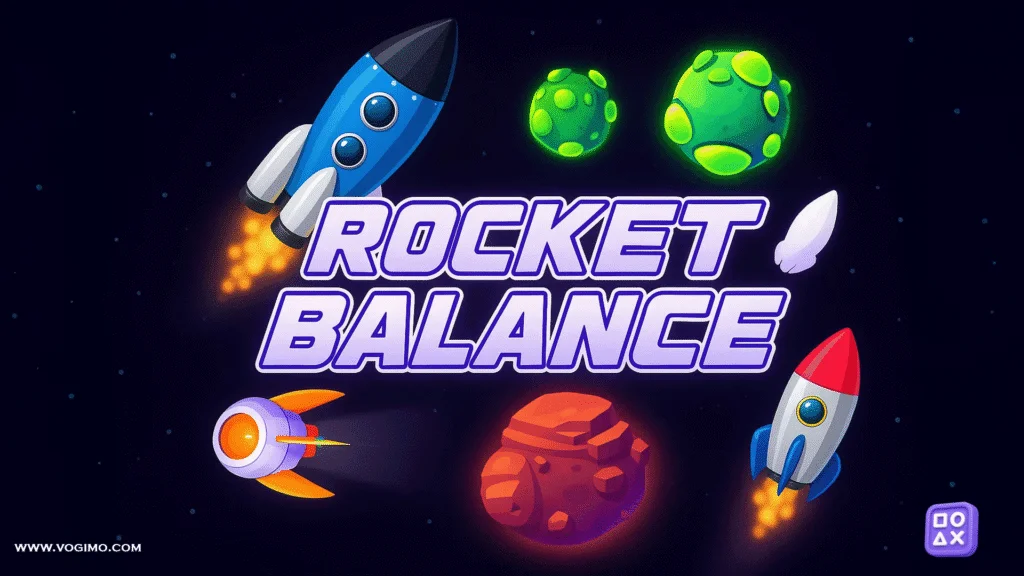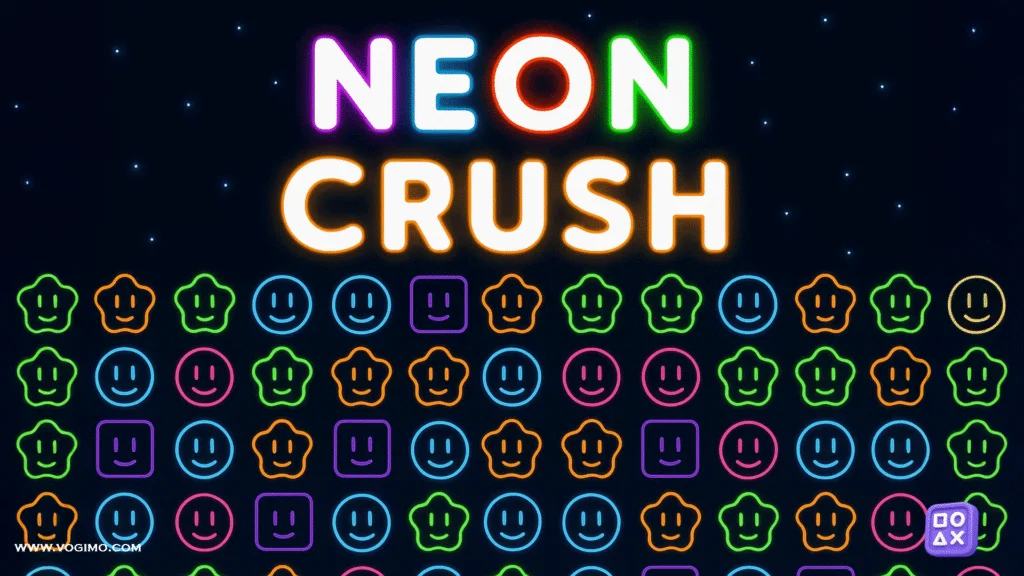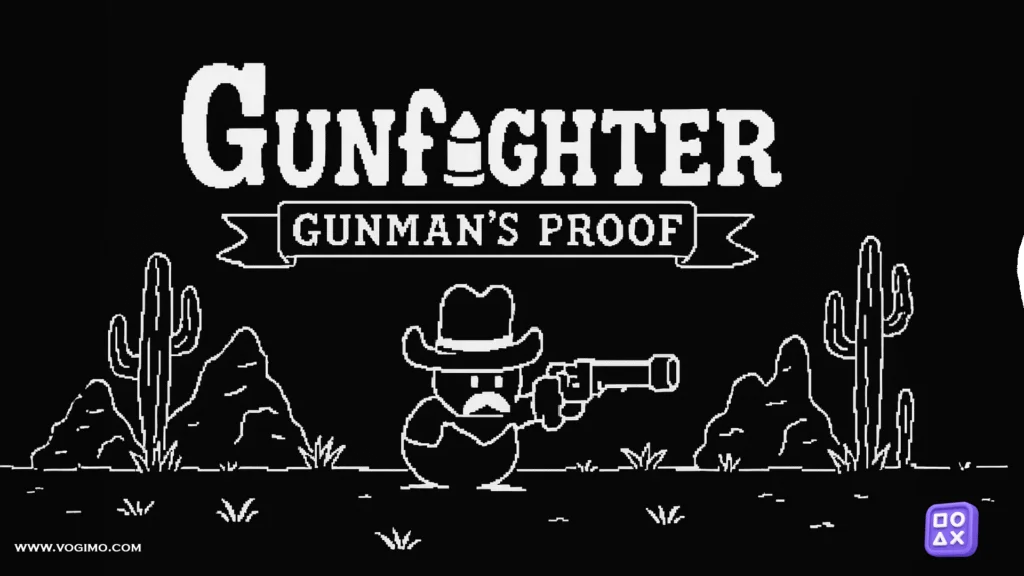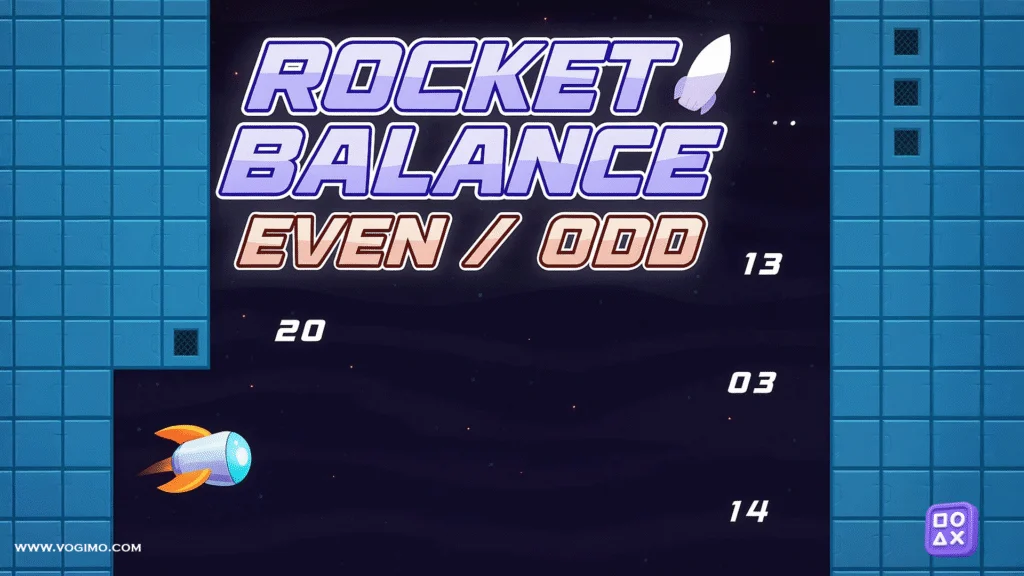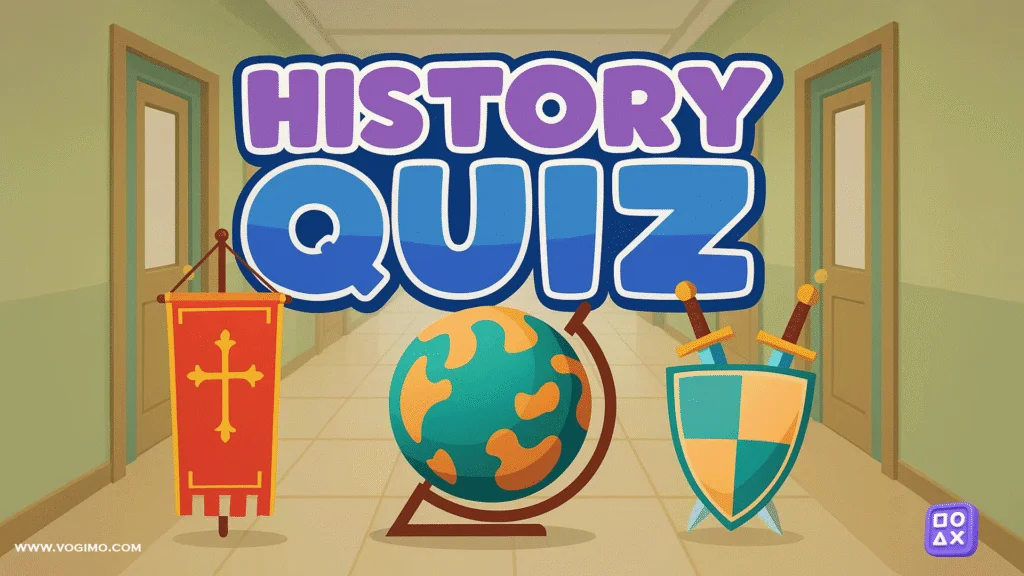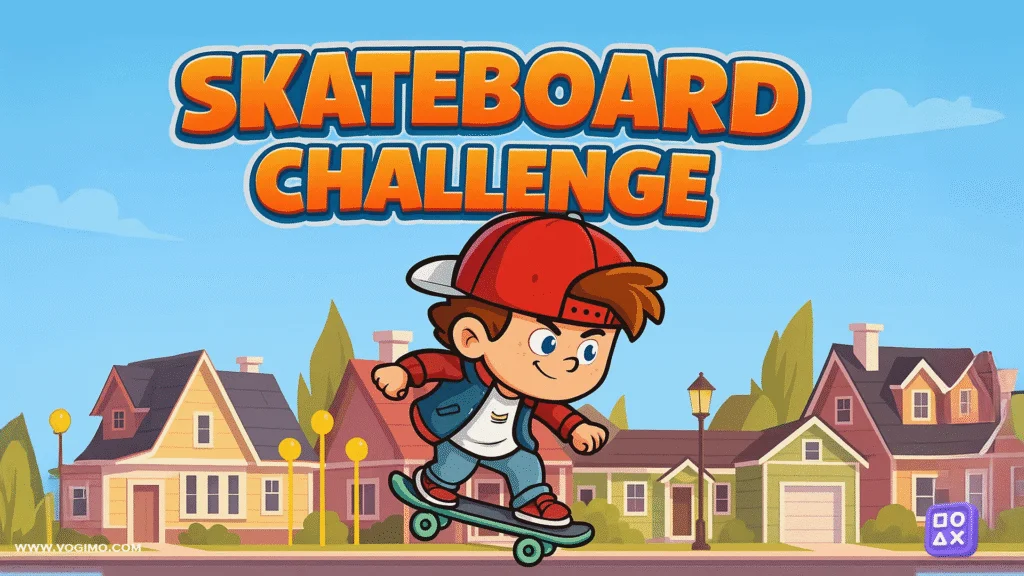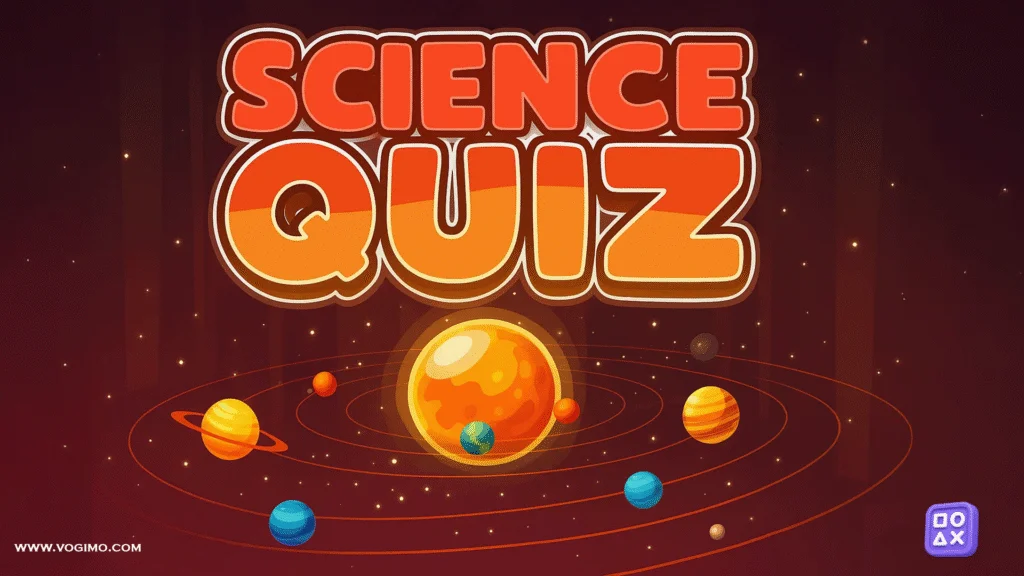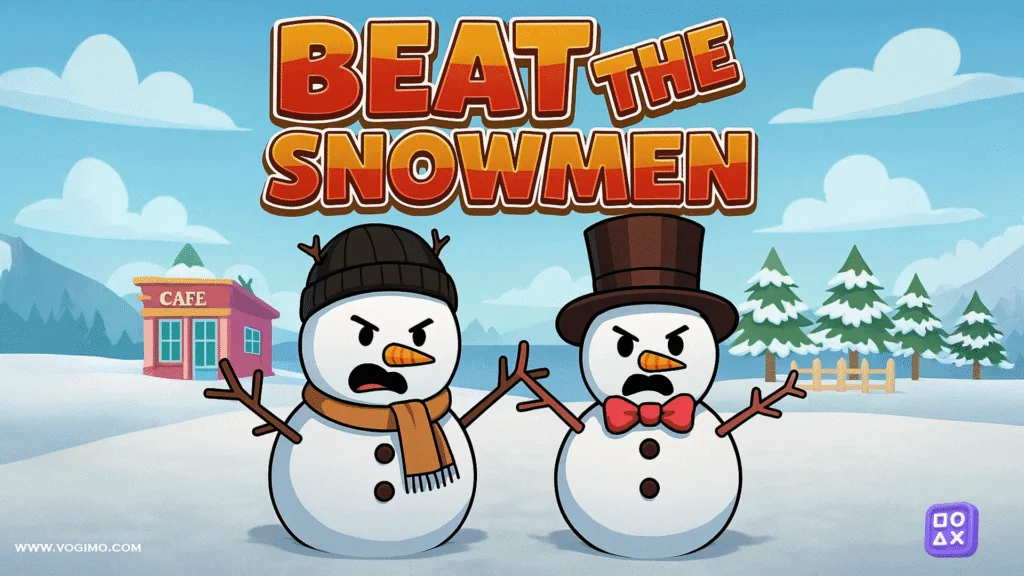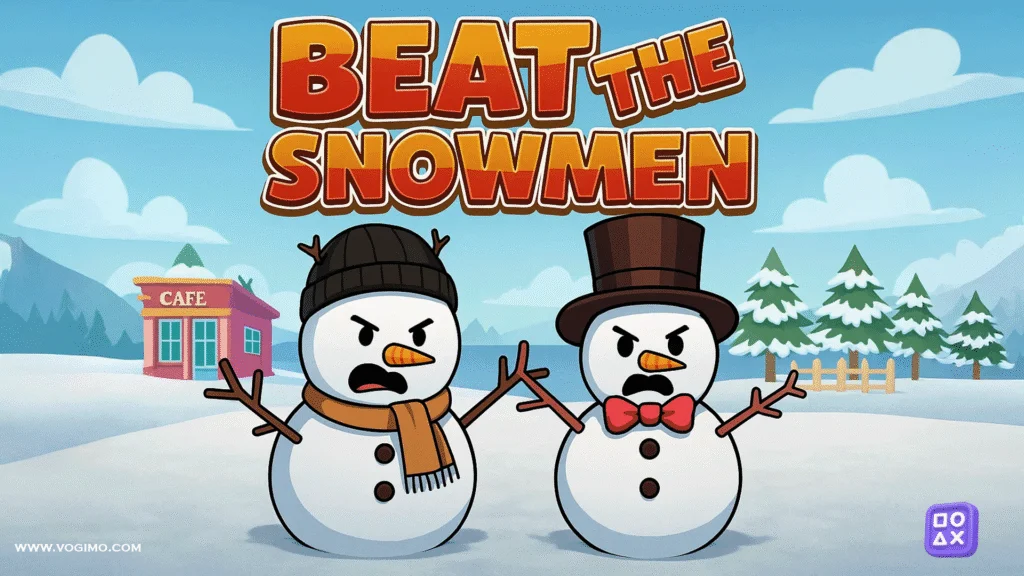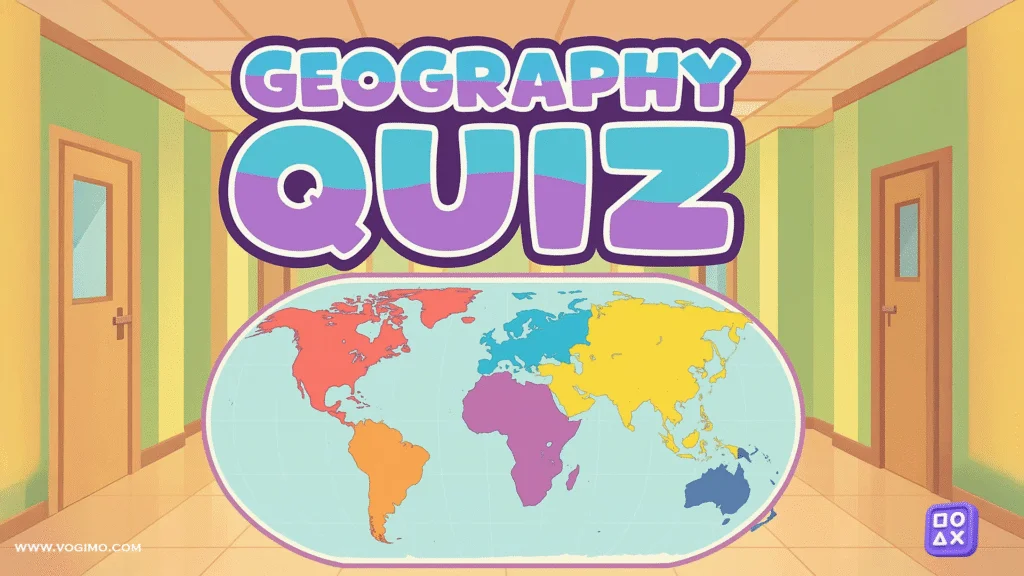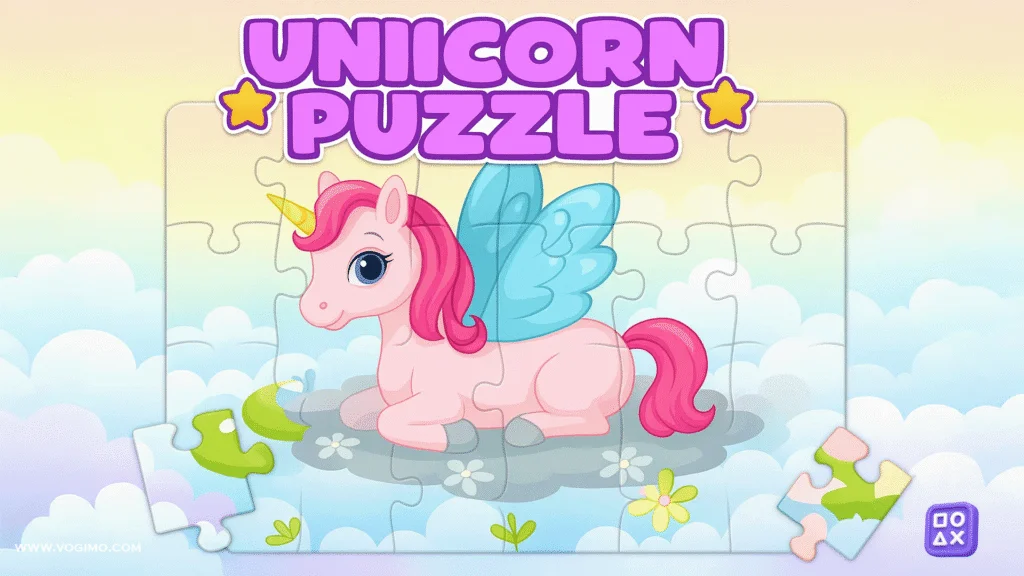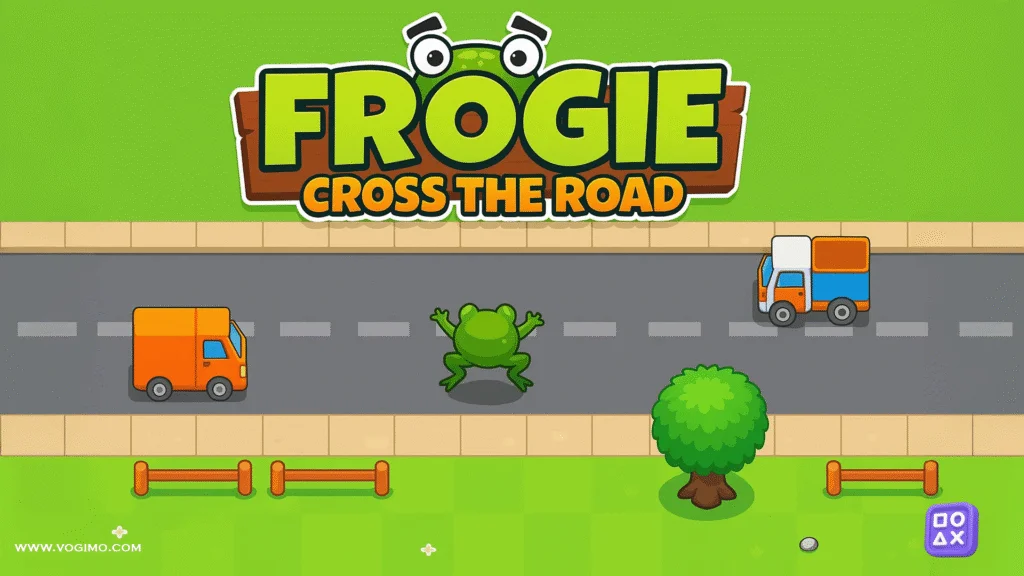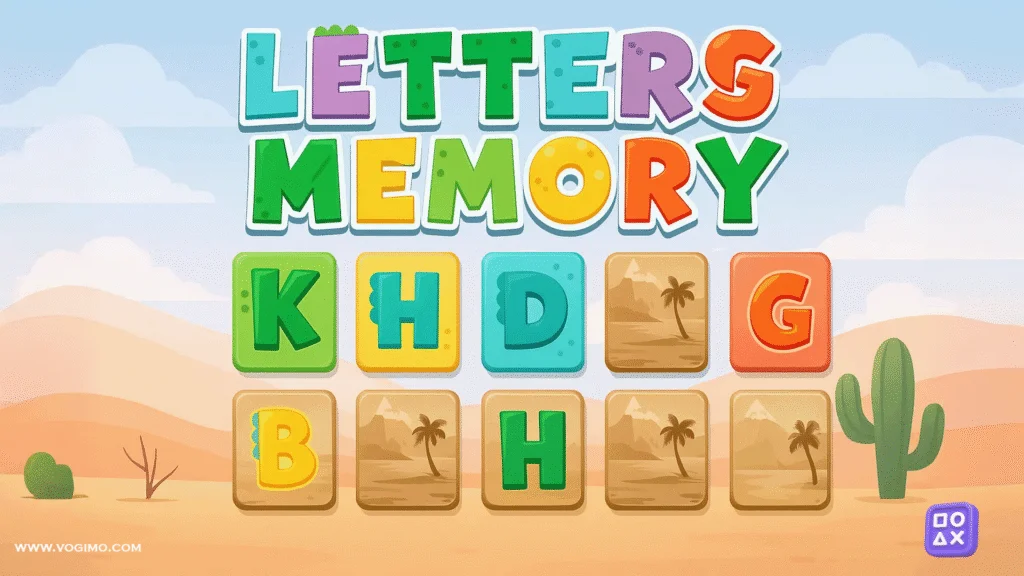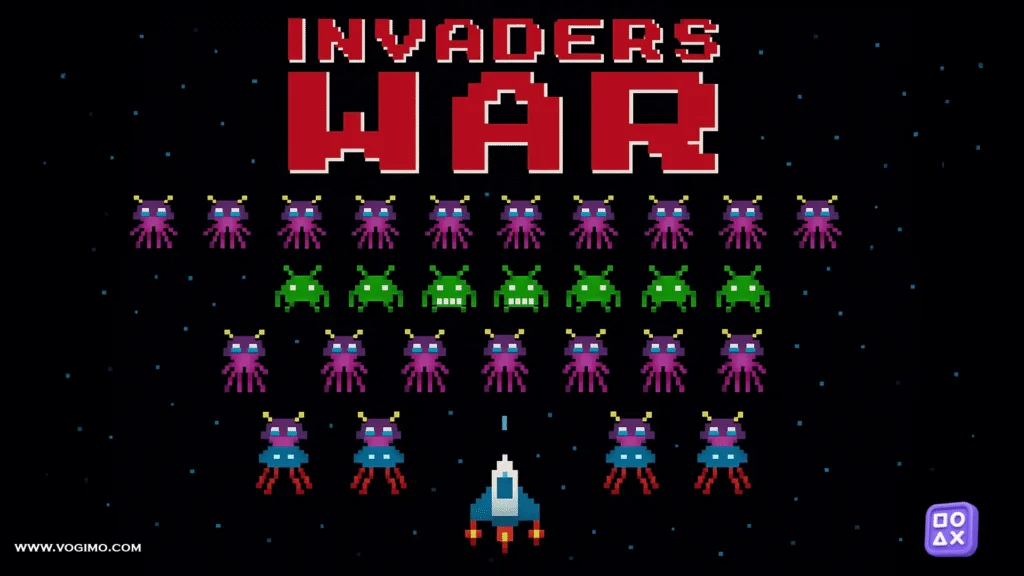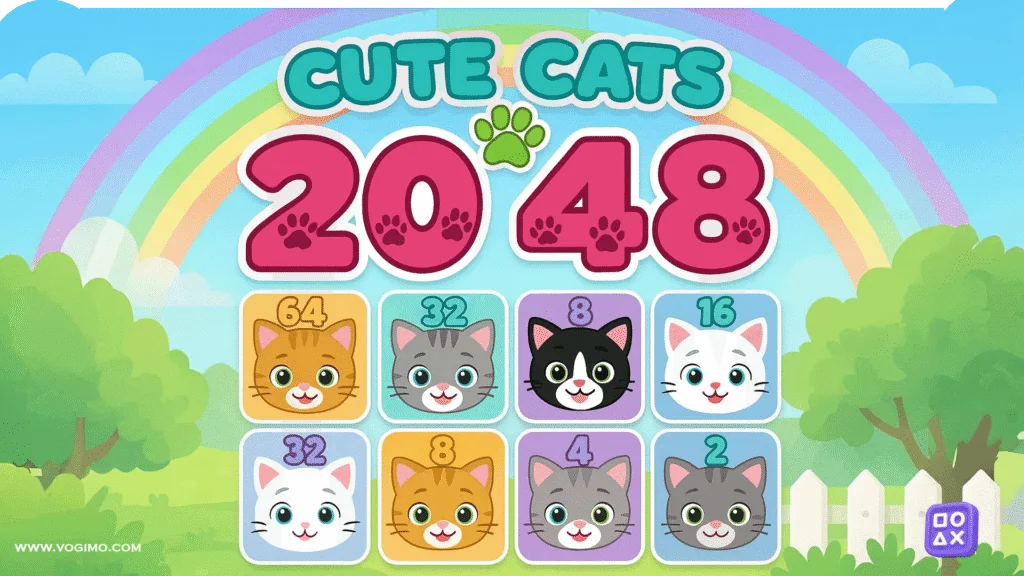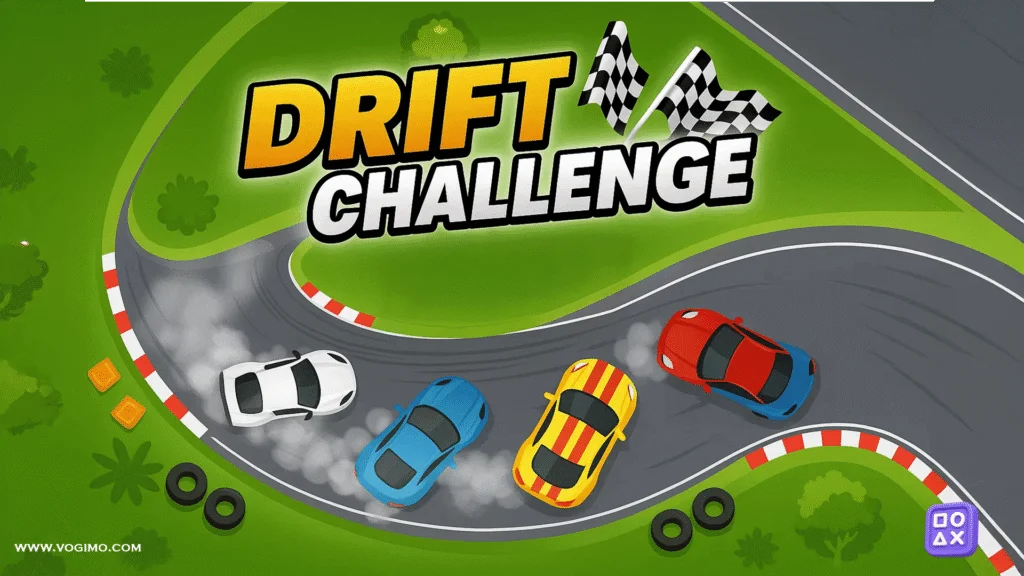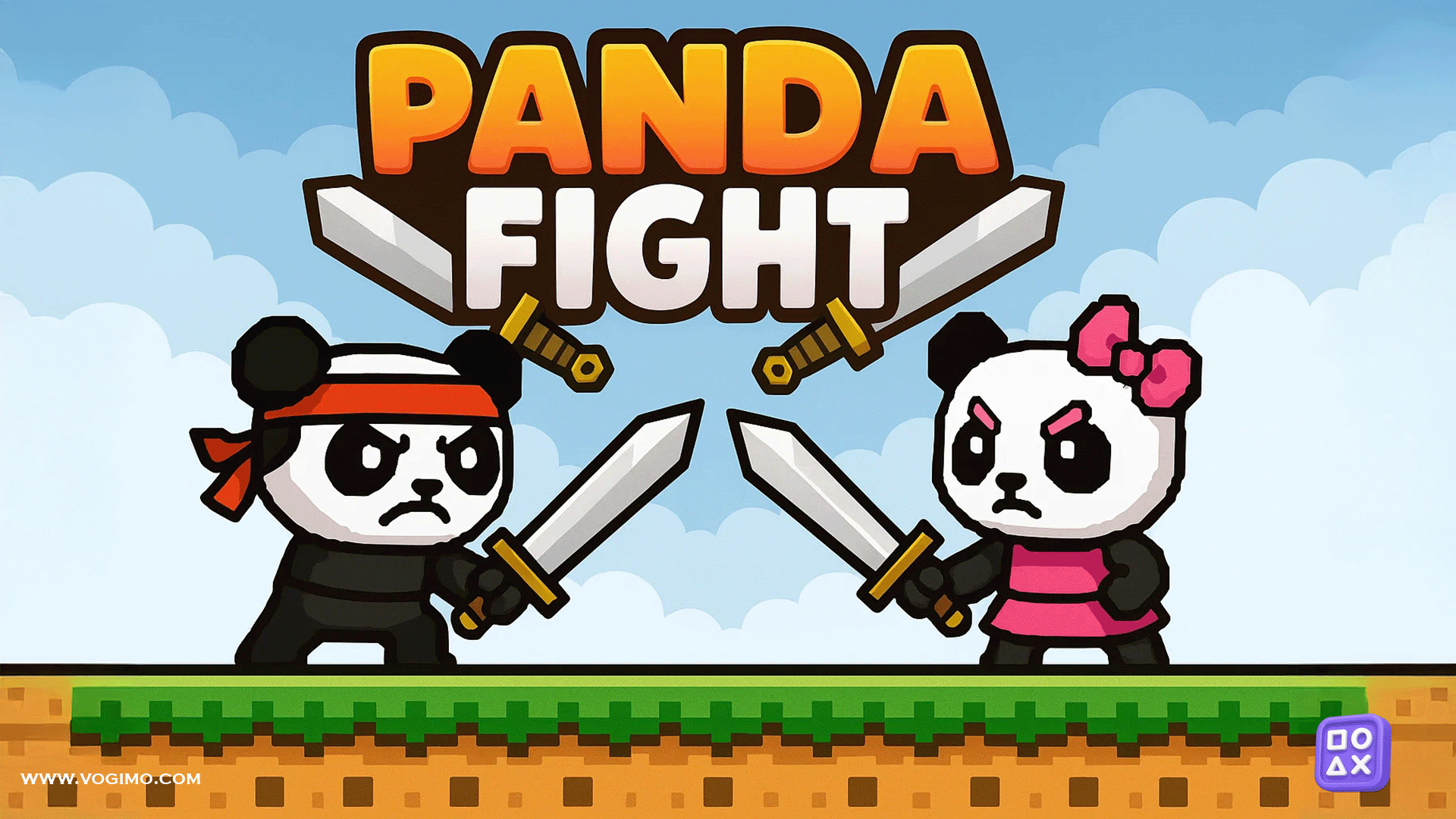Panda Fight Game wears its heart on its sleeve: bright pixel art, chunky sound effects, and a simple idea that turns out to be sneakily tactical. You drag and drop to launch your panda like a living pinball arc across the screen, bounce off walls, and shoulder-check enemy pandas before they do the same to you. On paper, that sounds easy. In practice, angles matter, timing matters, and the level designer appears to have a soft spot for traps that are exactly one bad ricochet away. Your main goal is straightforward clear stages and save the Panda Princess but the “perfect” run (100% stars) asks for calm hands and a bit of geometry.
What makes it click is the rhythm between setup and release. A long pull sends you flying; a tiny tug nudges you just enough to line up the next hit. Stars usually sit in places that tempt greedy shots: tucked behind bamboo crates, over a small spike pit, or floating above a moving platform. You can YOLO your way there and sometimes it works. More often, a two-step route is faster in the end—bounce to a safe ledge, then take the star clean on the next launch. Enemies come in flavors: the slow shover (free points if you approach from an angle), the spiky roller (never hit head-on), and the shielded brute who only opens up after it attacks. None of this is brutal, but it rewards patience. If you’ve ever played a slingshot puzzler, you’ll feel at home; if you haven’t, your first few levels may suggest a gentle learning curve with the occasional “wait, why am I in the thorns again?” moment.
Controls
Desktop: click, drag to set angle and power, release to launch.
Mobile/Tablet: touch, drag, release. Short drags for micro-adjustments; long drags for full sends.
Quick tips to score high
- Two-step the stars. Use a safe setup bounce, then collect on a controlled follow-through.
- Aim past the target. For moving enemies, lead your shot a hair; your dash has travel time.
- Skim walls on purpose. A gentle bank often lines you up for the next star without wasting a launch.
- Use “micro pulls.” Tiny drags correct bad angles without over-committing power.
- Watch enemy windups. Launch as a brute lowers its shield or right after a roller commits to a lane.
- Leave a heart behind. If health pickups exist, park one near the nastiest section for a safety net.
Common mistakes (and fixes)
- Overpulling power → Count “one-Mississippi” while you set the angle; if you’re still adjusting, you’re probably pulling too far.
- Head-on collisions with spiky types → Approach at 30–45°; glancing blows keep you safe and still deal damage.
- Greedy star lines through hazards → Break the route: bank first, collect second.
- Chain-whiffing (missing three shots in a row) → Take one micro pull to reset alignment before the next big launch.
- Ignoring edge physics → Corners love to pop you upward; use that lift to reach high stars instead of fighting it.
Fast facts
- Genre: Arcade action with slingshot/drag-and-launch mechanics
- Goal: Clear levels, collect stars for 100% completion, rescue the Panda Princess
- Session length: 2–4 minutes per level (longer for perfect runs)
- Feel: Snappy launches, readable enemy patterns, light puzzle routing
- Devices: Desktop and mobile (HTML5, in-browser)
- Replay value: High—stars and cleaner routes invite do-overs
FAQ
Do I need every star to finish the story?
Usually no. Stars are for 100% clears and unlocks. Beat the level first, then replay for perfection.
How much does angle matter vs. power?
Angle is king. Power corrects distance, but the right line turns risky shots into easy chains.
Any trick for shielded enemies?
Bait the attack. Nudge close with a micro pull, wait for the shield to open, then launch through the gap.
Why do I keep bouncing into hazards after a hit?
You’re striking dead-center. Try a glancing blow so your rebound exits toward safe ground.
Is sound useful or just cute?
It helps. Audio cues on enemy windups and damage confirm timing without looking away from the arc.
If this kind of snappy, aim-and-go action is your thing, you’ll probably enjoy our Action Games and the broader Adventure Games . Both lean into short levels with satisfying “I can do that cleaner” mastery.



